Robben Island's Rabbit Problem
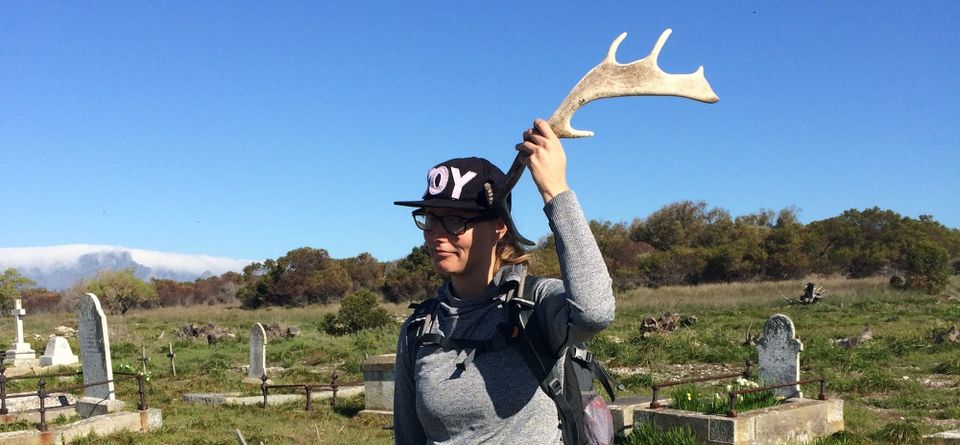
Content warning: this piece discusses colonialism, so give this one a skip if you're not in the mood for that.
Hello, grownups!
Several years ago, I was walking to the old leper’s graveyard on Robben Island, when I felt my foot hook on something. I was in a grumpy mood (it's an upsetting place, and I’d just been kidnapped by a group of geriatric archaeology enthusiasts… long story) and looking forward to getting back to the ferry. The sand on the island is gritty and pale, like beach sand, blanketed in scraggly greenery. I bent down and moved the brush aside to see what my foot had caught in, and saw that it was stuck in the rib cage of some small animal - a rabbit or a dassie - filling it like a shoe. In one of the most surreal moments of my life, I pushed aside more bushes and realised that I was standing in a whole field of animal bones. Dozens of different creatures: fine rabbit femurs, the football shape of sun-bleached tortoise carcasses, and most inexplicable of all, what looked like the skull of an entire moose (I later discovered it was a fallow deer).
I haven't been able to get that uncanny image out of my mind ever since.
Robben Island is a small lump of land 7km off the coast of Cape Town. You probably know it as the place that Nelson Mandela, Robert Sobukwe, Walter Sisulu and many of South Africa’s most prominent freedom fighters were imprisoned during Apartheid. But the island has many layers of history. At various times, it’s been a leper colony, an insane asylum, a dumping place for sick paupers, a penal colony. It was the place the Dutch and British sent Xhosa chiefs and prophets who resisted their conquest, and Khoe-Sān “troublemakers” who resisted their genocide. You can follow South Africa’s whole dark history by looking at Robben Island, and all the people who were banished there.

It’s an island of skeletons. Literal skeletons, not just metaphorical ones. Mostly of birds and small animals, because there are so damn many of them. Even the limestone, which political prisoners were forced to spend all day smashing into smaller rocks, is made out of the skeletons of long-dead ocean creatures.
So... why is Robben Island so skeletony?
The first European settlement in the “Cape of Good Hope” was intended as a refreshment station for ships sailing between the Netherlands and the East Indies. Sailors kept dying of scurvy (the mortality rate on ships travelling from the Netherlands to modern-day Jakarta was, on average, 14%) so Jan van Riebeeck oversaw the establishment of a garden of fruits and vegetables for sailors (the Company’s Garden).

Those early years were difficult, and the Dutch often lived on the edge of starvation. They didn’t have any understanding of the local flora, fauna, or people. There’s a fairly good translation of the journals Van Riebeeck kept during his years as commander of the Cape settlement and it's fascinating to glimpse the early Cape through his eyes. Despite their hunger, the only local plants they realised they could eat were wild mustard and sorrel leaves. He often mistook animals for other animals: he wrote often about the dangerous “tigers” (actually leopards) and wild “horses” (actually quaggas).
There were, of course, already people living in the Cape, who were understandably not thrilled by the foreign encroachment on their good grazing land and the monopolisation of their fresh water supplies (and, often, the outright theft of their cattle). At times, they were able to trade with the locals, but these relationships were unstable, and later degenerated into mass murder, systematic rape, and ultimately genocide .
The combination of predation by all those pesky “tigers” and local Khoe-Sān people stealing their livestock (or stealing it back, depending on who you ask) meant that they struggled to raise animals on the mainland. So they raised them on Robben Island instead.
Robben Island was a godsend for them. It was a coloniser’s fantasy: a place teeming with animals and devoid of humans. “Robben” is the Dutch word for “seal”, and when Europeans first found it, it was bursting with seals and birds. A sailor in 1607 wrote that “there is not an iland in the world more frequented with Fowle and Seales than this iland”. Or, as an admiral of the Dutch East India Company said in 1608, “On the island we found an unspeakable number of sea-dogs which lay on the rocks to bask in the sun … Our men amused themselves by clubbing fully a hundred to death.”
Island ecosystems are weird. Unlike most other places, animals can't move in and out of the area easily, which means a few things tend to happen:
- Animals become extremely docile, if there are no predators.
- Animals tend to become either very large (like Komodo dragons or Galapagos tortoises) or very small (like the cutest pygmy mammoth, AKA the exotic pet I will be ordering as soon as science figures out how to resurrect extinct creatures, Jurassic Park-style).
- Animals end up with less genetic variation, because most of them are descendants from just a couple of original individuals. In other words, they're inbred, like Cain and Abel, or cheetahs, or the British Royal Family). This makes them much more sensitive to extinction. If something changes in their normally very stable ecosystem, there's less diversity, so less chance that the species will be able to adapt.
- Invading species often have no predators or other checks on their growth, so they multiply horrifyingly quickly.
Van Riebeeck's men plundered the wildlife enthusiastically. On one sample trip out to the island in 1652, they brought back 6 seals, 100 duikers, and 3000 penguin eggs. By the end of 1652, the seals were already becoming harder to find (clever seals), and both the penguin and seal colonies would be fully hunted out within the next 200 years. The penguins eventually came back - there’s now one of the largest remaining colonies of African penguins living on the island, but it’s once again facing extinction, this time because of climate change and commercial fishing.
In place of the wildlife, the Dutch started leaving their own animals on the island, treating it like a living larder. They dropped off some sheep in 1653, and went back a few months later to find that they’d gotten so fat they could barely walk. They also - and this will be important later - introduced European rabbits.

In 1657, Van Riebeeck installed a dude named Jan Woutersz as the superintendent of Robben Island. This was a punishment: he’d been found guilty of abusing alcohol and “blasphemous injuries against the characters of the females at the Cape” (talking smack about Van Riebeeck’s wife). His responsibilities on Robben Island were to tend the sheep, supervise the slaves and exiles working the quarry, and keep a fire burning on a tall platform if he spotted any Dutch ships, so they wouldn’t crash into the island. Thing is, humans don’t exactly thrive when forced to live in banishment on dreary, lonely islands (ask Robert Pattinson in the 2019 film The Lighthouse, or me circa the third Covid-19 lockdown) so Woutersz's drinking problem got worse. He neglected his duties, and was eventually packed off to India.
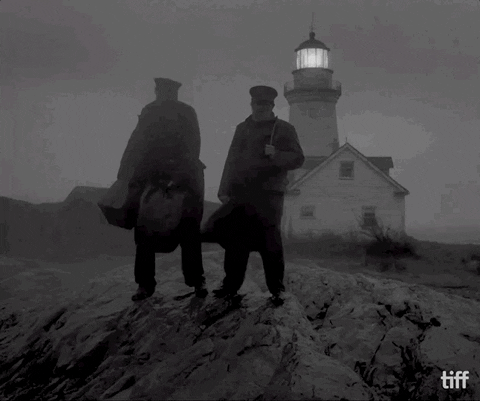
Van Riebeeck installed his second-in-command, a man called Rijck Overhagen, as the new Robben Island superintendent. Hoping to prevent Rijck from going similarly loopy, Van Riebeeck gave him a lot of busy-work to keep him occupied. One of these tasks was to exterminate all of the snakes on the island. Van Riebeeck told him they were venomous, but really they were harmless mole snakes.
Just picture poor old Rijck, running around anxiously trying to capture all these “poisonous vermin”, barely staving off madness, certain he was doing something heroic (and was really entirely pointless).
But remember, islands are closed ecosystems, so killing off all the snakes did have a big impact: they were the only predators keeping the rabbit population in control. With the snakes gone, the rabbits bred like - um - rabbits, and the island was soon overrun. The rabbits started destroying the vegetation, which had further knock-on effects for everything else that lived on the island.
Their smart idea for dealing with the rabbits was to introduce cats (like the old lady who swallowed the fly, who then ate a spider to catch the fly, and then a bird to catch the fly…). The cats did keep the rabbits in check, but decimated the birdlife.
And here’s the crazy thing: this problem hasn’t gone away, almost 400 years later. In the late 2000s, the rabbit overpopulation problem was so bad again that the rabbits started climbing the acacia trees and eating kelp, they were so hungry. They are now regularly culled by professionals.
It could be worse, I guess. At least rabbits are cute! In Guam, a Pacific island, foreigners introduced the brown tree snake during World War II (probably as a stowaway in a cargo ship or plane). Unlike the harmless mole snake, these guys are mildly venomous and regularly bite humans, especially kids. There are so many of them now that they cause regular power cuts from crawling along the electrical lines, they've decimated the entire bird population and local trees, and people regularly wake up to find one has crawled into bed with them. Hello, my worst fucking nightmare! The snake plague is so bad that locals are trying to fight them by air-dropping mice that have been laced with poison.
It’s not like people learned their lesson about mucking about with island ecosystems, either. As late as the 1950s, new species were being introduced to Robben Island (just for the lulz), including the fallow deer, which - YOU GUESSED IT - overbred and have to be culled regularly. The most recent cull was in 2017 , when they killed over 400 deer. Tortoises were brought to the island in 1958, and again in 1995 (which are at least native to the Cape, but were not native to the island). When I went, there were so many tortoises roaming about that you had to be careful not to kick them as you walked.
So, when you walk on the island, you crunch around on bones. Bones on bones on bones.
Every generation, I think, likes to laugh at how ridiculous people were in the olden-days, secretly congratulating themselves that NOW we've got it all figured out, once and for all.
The story of Robben Island's rabbit problem is an anecdote about human folly: how we disrupt ecosystems we don't even understand, how we erase species we haven't even named, how we wipe out ancient cultures we know nothing about. And how we keep doing that, over and over again, laying down skeletons on top of skeletons. We haven't learned better.
Sometimes I wonder what our descendants will read about when they learn the history of our present (or watch high-res VR re-enactments of through their optical implants). What they will shake their heads at, marvelling at how we could have been so blind, how we could have destroyed so much without even understanding what we were destroying.
Wishing you a pygmy mammoth or other weird island animal of your dreams,
Sam
I relied a lot on Nechama Brodie's brilliant The Cape Town Book: A Guide to the City's History, People and Places in writing this piece, and really can't recommend it highly enough. I also used an outdated but still fascinating book called Robben Island: Out of Reach, Out of Mind by Simon de Villiers from 1971. The Robben Island museum's own website is full of fascinating stories. Ravanya Naidoo's analysis of climate and ecological details in Jan Van Riebeeck's diaries was extremely helpful, and you can read an English translation of the originals diaries here, if you're so inclined. The novel Eilande by Dan Sleigh (translated as Islands) a fab but overly-long look at how gross the early Dutch Cape was. And my adventure buddy and beloved friend Dr. Charne Lavery took the photo at the top of this piece and edited this for me (thanks Charne!).
Updates from Sam-land
Oh boy, friends, summer in England is VASTLY SUPERIOR to winter in England, especially now that the lockdown rules are easing. Since moving here, my mood has become a perfect barometer of the weather, and the weather's great right now.
- I've been on a reading glut recently! Notable mentions include Mia Arendse's brilliant Mermaid Fillet and Adrienne Rich's poetry collection The Dream of a Common Language, which includes the stunning poem "Phantasia for Elvira Shatayev", the leader of a women's climbing team who all died in a storm on Lenin Peak. These lines have been rattling around in my head for days: "we will not live to settle for less / we have dreamed of this all of our lives".
- I weighed in on the current state of South African budgeting apps in this piece by Elna Schutz in Daily Maverick.
- My partner and I finally managed to get an allotment, so I am now officially middle aged. I bought a hoe yesterday and I've never been more thrilled with a purchase. See, this is what happens when you play too much Stardew Valley.


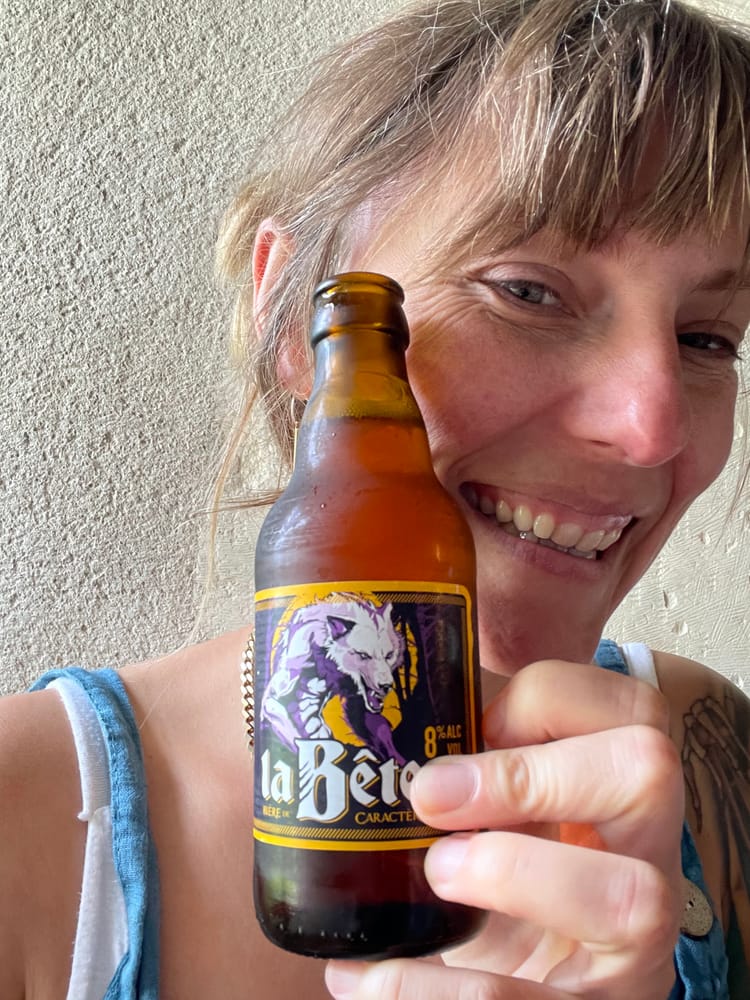
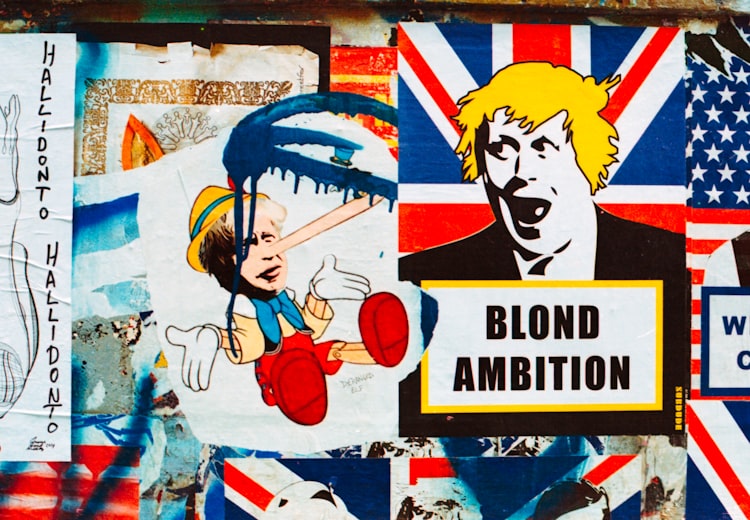
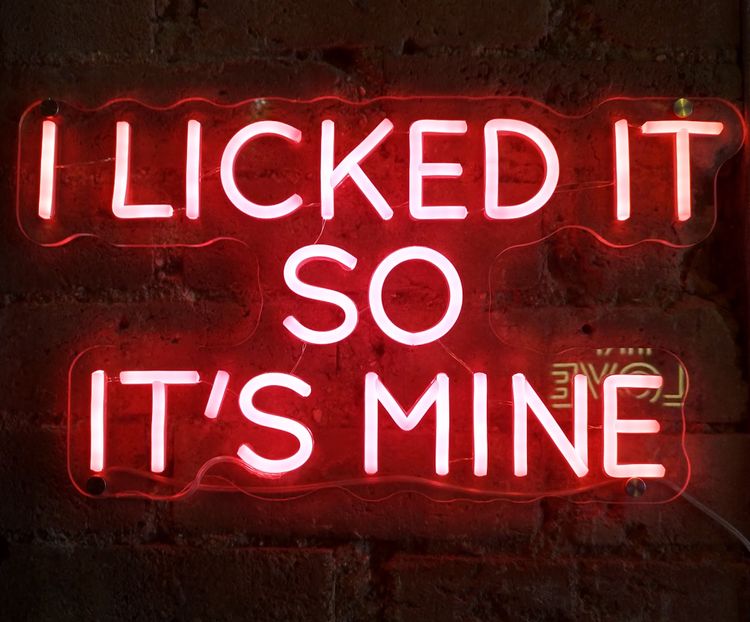
Member discussion